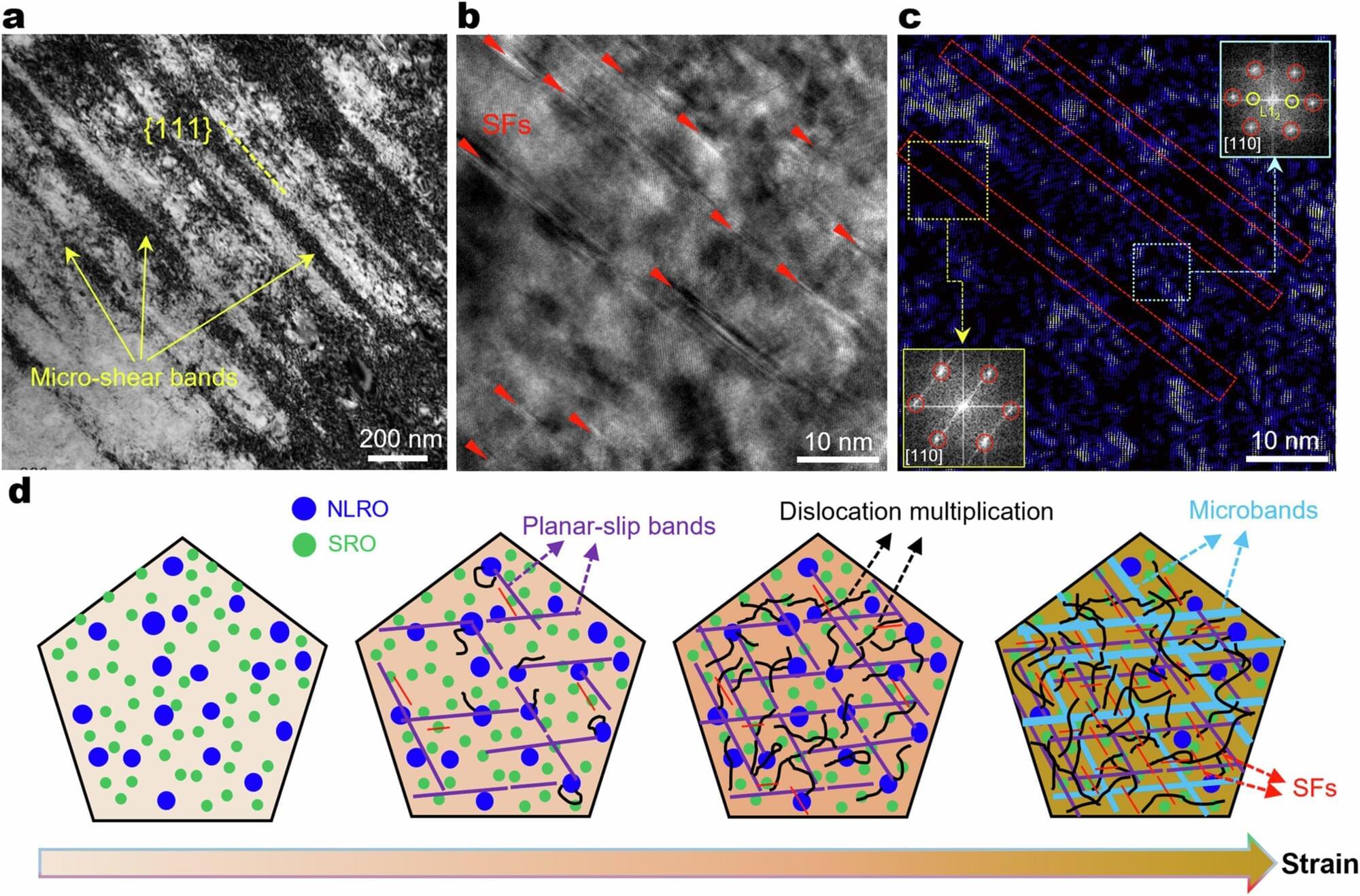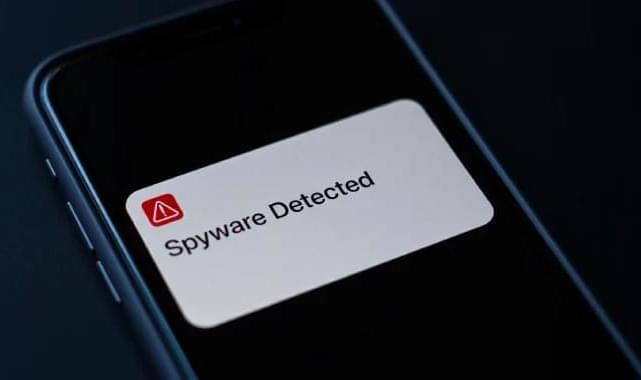Picture the smartphone in your pocket, the data centers powering artificial intelligence, or the wearable health monitors that track your heartbeat. All of them rely on energy-hungry memory chips to store and process information. As demand for computing resources continues to soar, so does the need for memory devices that are smaller, faster, and far more efficient.
A new study by Auburn physicists has taken an important step toward meeting this challenge.
The study, “Electrode-Assisted Switching in Memristors Based on Single-Crystal Transition Metal Dichalcogenides,” published in ACS Applied Materials & Interfaces, shows how memristors—ultra-thin memory devices that “remember” past electrical signals —switch their state with the help of electrodes and subtle atomic changes inside the material.







